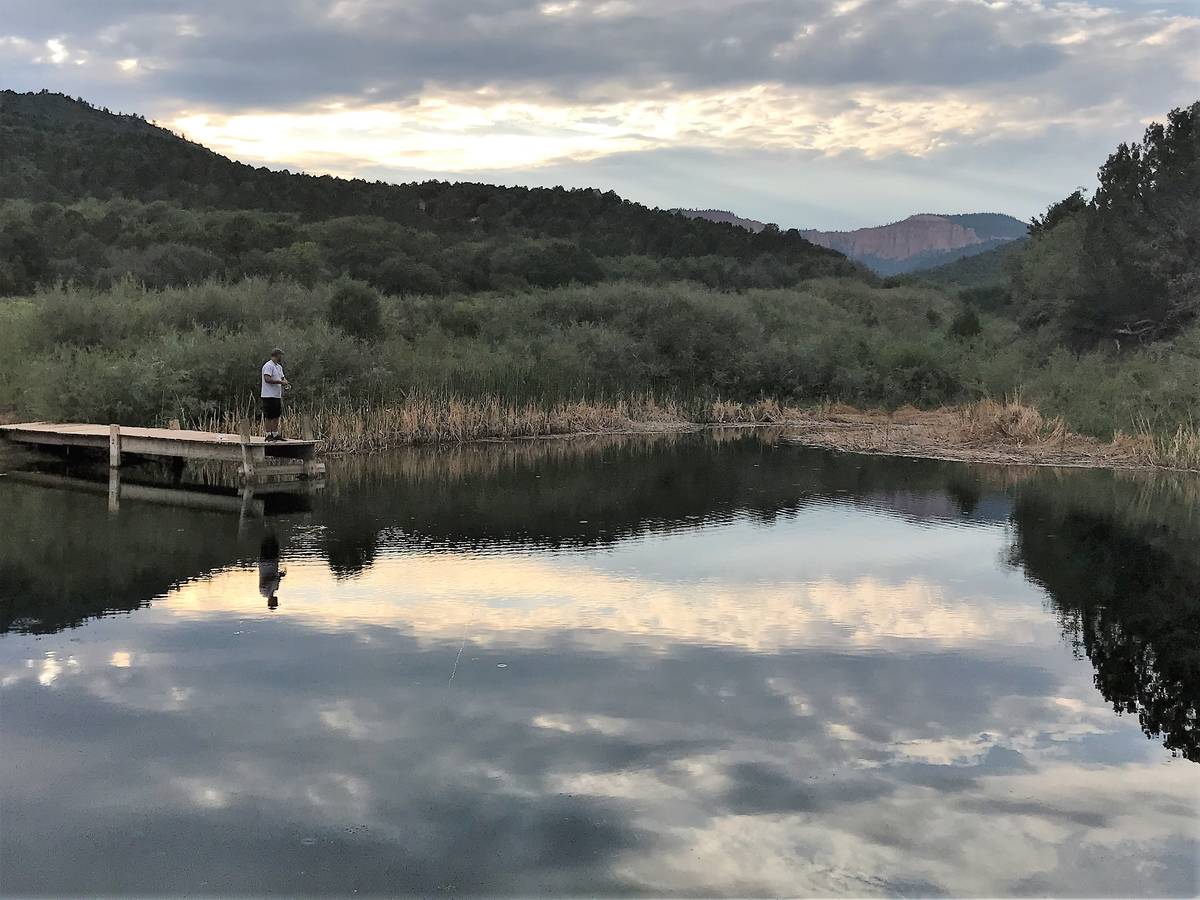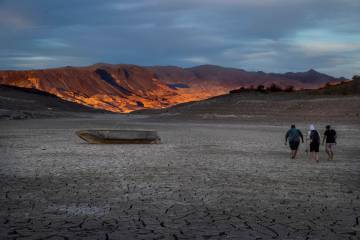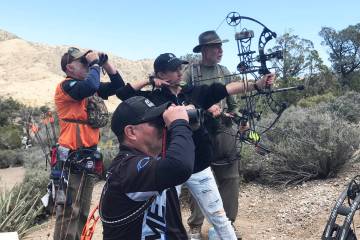Fly-and-bubble method fun, underrated way to fish
The clear bubble landed with an audible plop on the water’s surface, sending ripples and skittish rainbow trout in all directions. There was nothing subtle about the presentation, not one bit, but such is the case when fishing with the fly-and-bubble method.
As the name implies, this method of fly fishing involves the use of a plastic bubble and an angler’s choice of fly pattern. While you won’t see this setup in a Hollywood movie about a fly-fishing family and a scenic Western river, it is a relatively inexpensive and effective means of using a spinning or spincasting rod to catch fish on a fly.
It is also a good option when you arrive at your destination only to learn the reel seat on your fly rod is damaged, making the rod unusable.
With the fly-and-bubble method, a clear plastic bubble is placed onto the fishing line and followed by about four to six feet of leader, to which your fly is tied. I prefer to use a torpedo bubble, but you also can use the slip variety.
A torpedo float has an eye at each end, so it cannot slide up and down your line while the slip variety tends to do just that. A small split-shot sinker placed on either side of the slip bubble can help to minimize the slipping.
Leader length is determined by the clarity of water and the species of fish pursued. Trout can be finicky while bass tend to be less cautious. Thus, trout require a longer leader than bass.
When using a long leader, you do have to be wary of your surroundings, so you don’t get hung up on a tree or your neighbor while casting, but it does not take long to get the hang of it.
To retrieve the fly, you simply start reeling in your line. The fly will follow the bubble, but you may need to vary the speed of your retrieve to get the fish to bite. You can use a floating fly pattern or one that sinks. Sometimes I switch back and forth between the two, but few things can beat topwater fishing.
Luckily, trout have short memories if not pressed, so following my splashy presentation I let the bubble and the fly sit still for a minute or two before slowly turning the reel handle. As the leader began to stretch out, the size 14 elk hair caddis began to move.
A wary rainbow stabbed at the fly but was noncommittal. The second fish, however, was not so cautious. With a silvery flash the trout shot out of his hiding spot and grabbed the fly.
He was the first of several fooled by the fly-and-bubble that day. Among them a handful of smallish largemouth bass, which provided a nice diversity to the experience.
My nephew had just finished his term of service in the Marine Corps, and fishing seemed to be the perfect way to celebrate his safe return. So I had joined him and his father at a couple ponds on the ranch where my brother is building a cabin. The two of them started the day fishing with a commercial trout bait, but as the hours went by, they each eventually tied on a fly.
Much has been written about the excellent bass fishing experience that can sometimes be found on small farm ponds, but they are often overlooked as a great place to catch a mess of trout. The keys to good trout fishing are water temperature and water quality.
While bass thrive in warm water, trout need cold water. During the summer months that means looking for waters located at higher elevations.
The ponds we were fishing are located at about 7,500 feet in elevation, so temperatures are not an issue, even in the summer.
Freelance writer Doug Nielsen is a conservation educator for the Nevada Department of Wildlife. His “In the Outdoors” column is not affiliated with or endorsed by the NDOW. Any opinions he states in his column are his own. Find him on Facebook at @dougwritesoutdoors. He can be reached at intheoutdoorslv@gmail.com






















